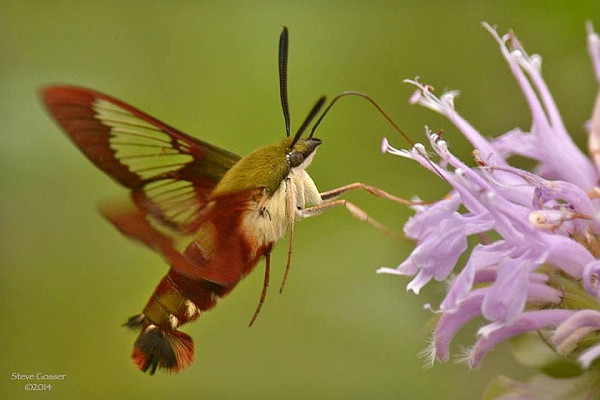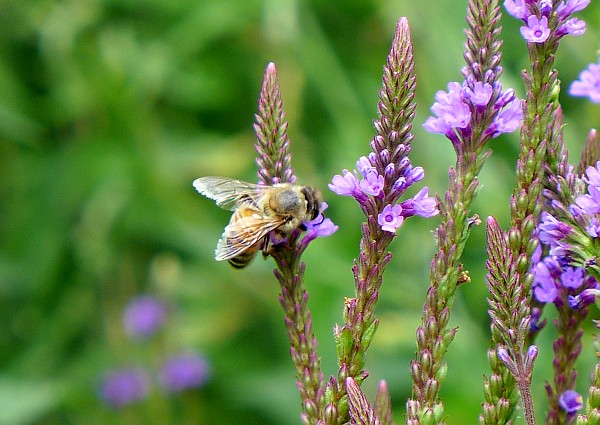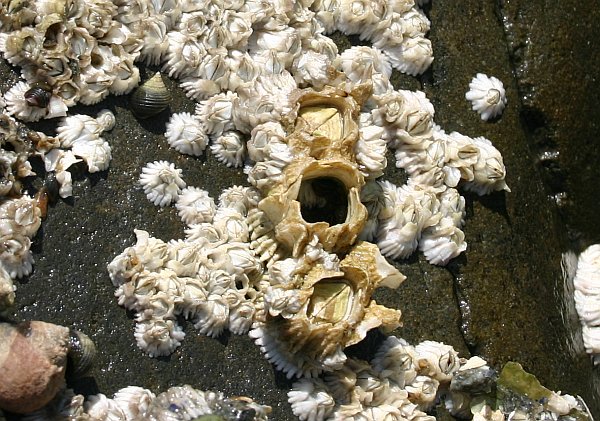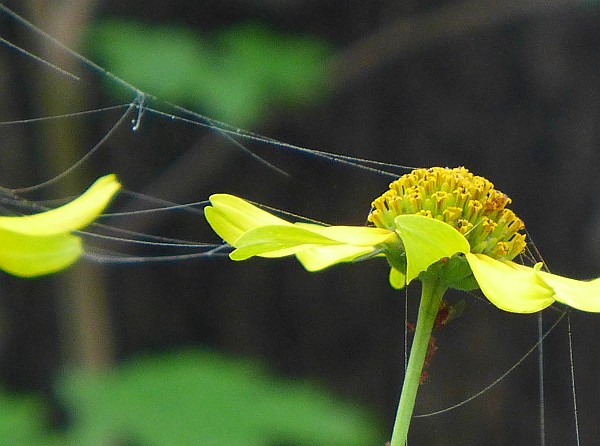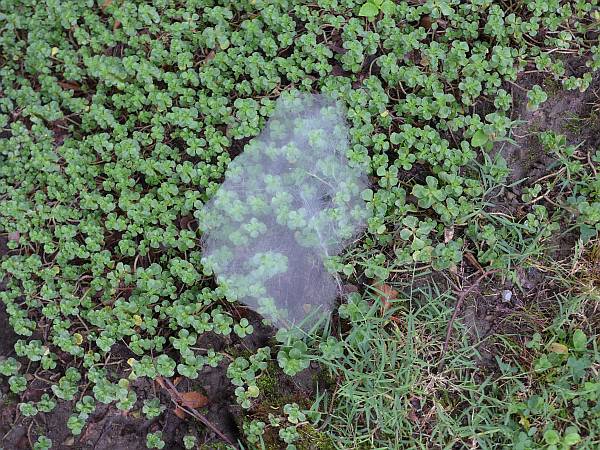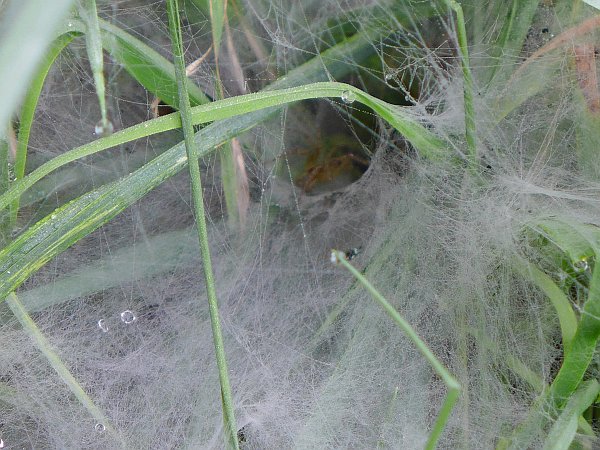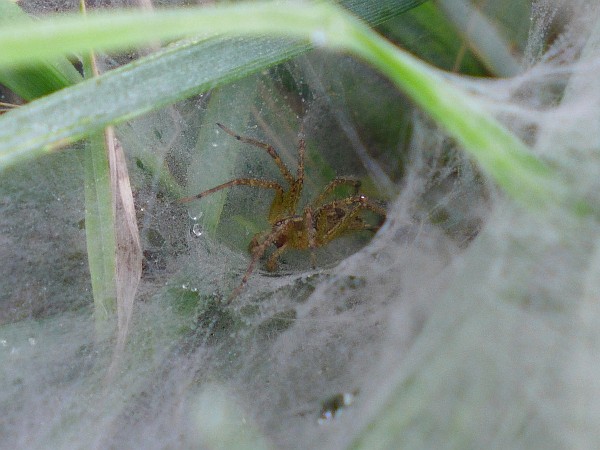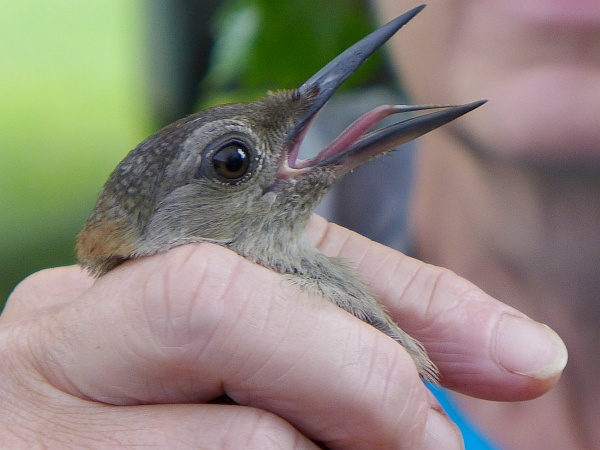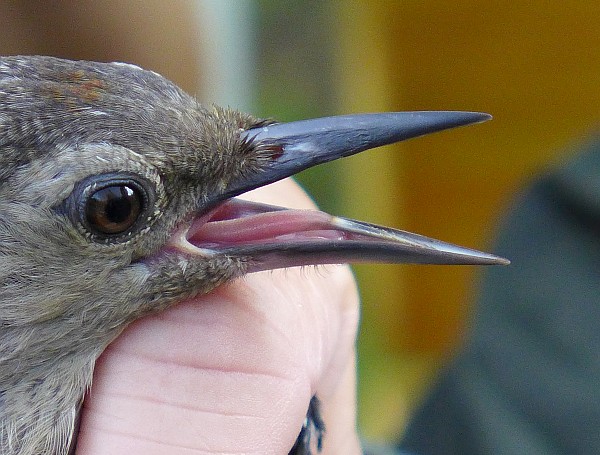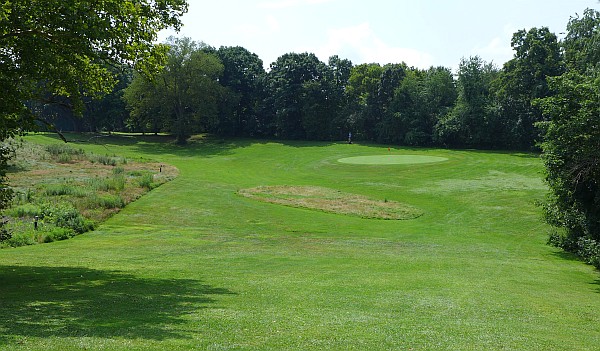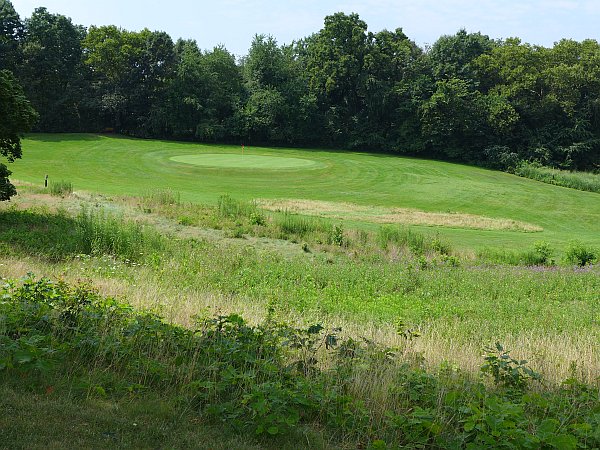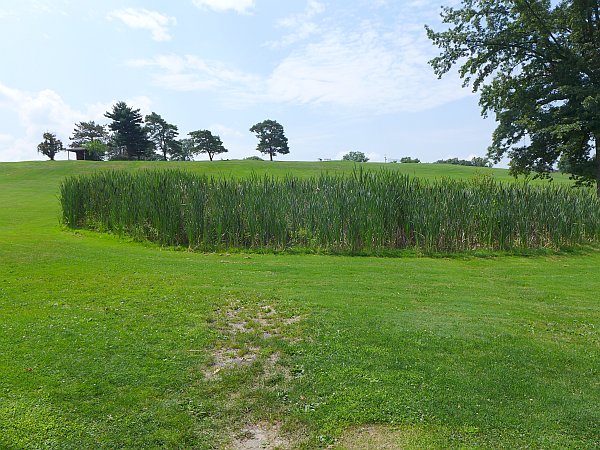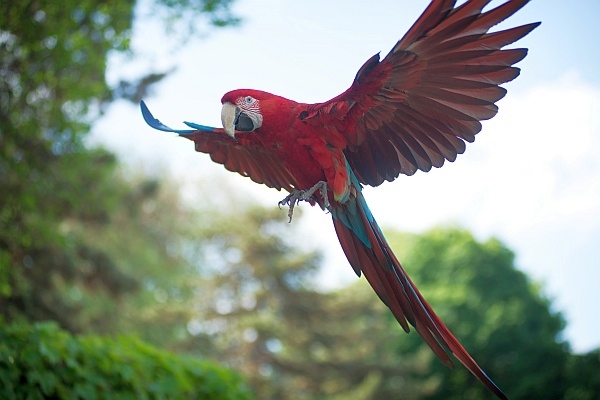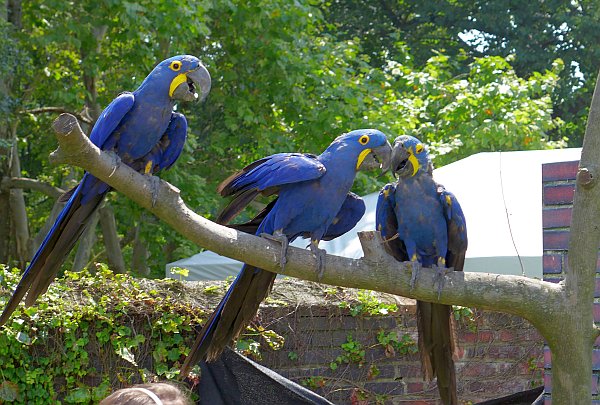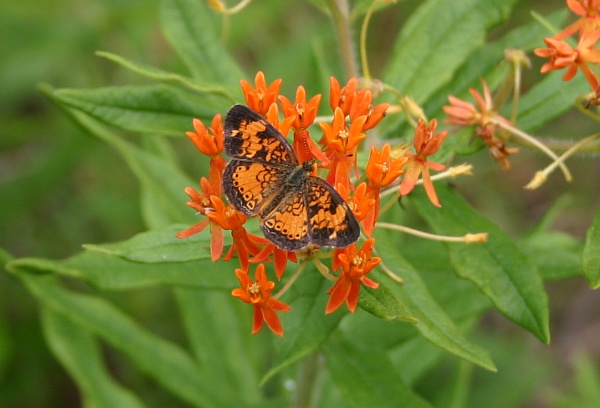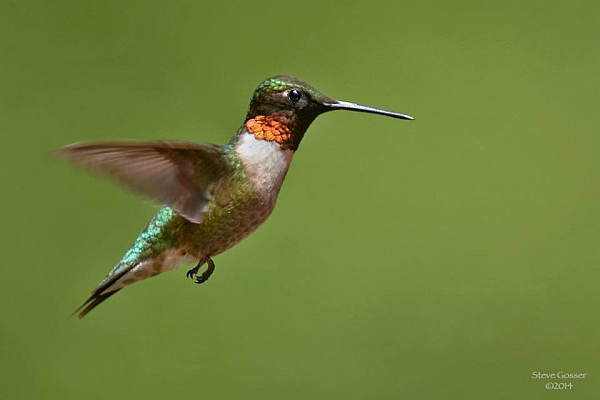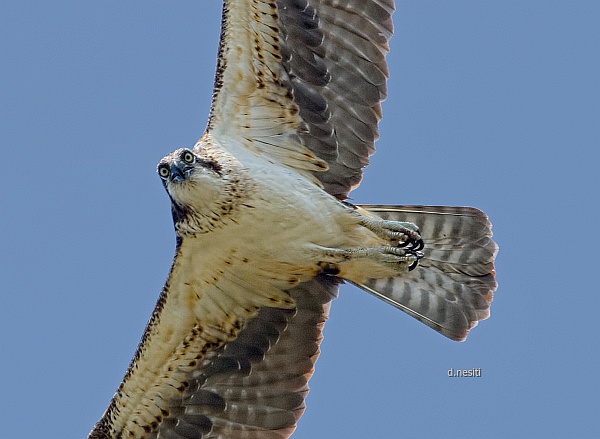
This year intrepid birders reported osprey nests in some unlikely places along Pittsburgh’s rivers.
Anne Marie Bosnyak monitored a nest near Neville Chemical on the Ohio River and last week Dana Nesiti followed up on a lead about a nest at the Union railyard in Duquesne.
On Thursday Dana went exploring and found the osprey nest atop an old power tower. There were three full grown youngsters in it. Look at the cables draped beneath the sticks. Talk about industrial!
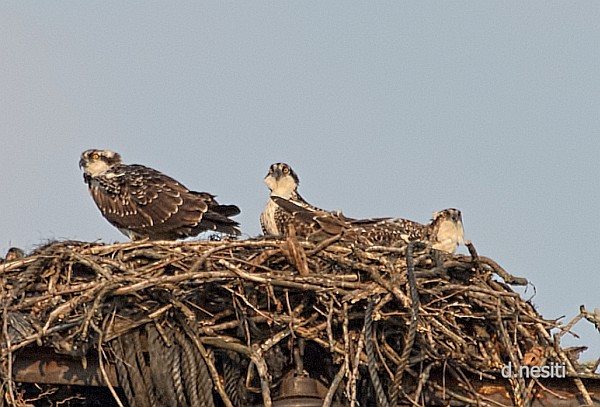
Though his photos don’t show it, this nest is in an ugly spot that’s off-limits to all but railroad employees. To ospreys the lack of humans is just what they had in mind.
There are other advantages, too. Look east of Kennywood on Google Earth and you’ll see the railyard is on the Monongahela River near the Braddock Locks and Dam. The dam provides a variety of fishing opportunities in a very compressed space. There are lake-like conditions upstream, very active fish feeding in the turbulence below the dam, and fish resting in the quiet pools downstream. It’s a great spot for “fish hawks.”
When Dana arrived on Thursday he saw three juveniles in the nest but two of them could already fly. They put on a show.
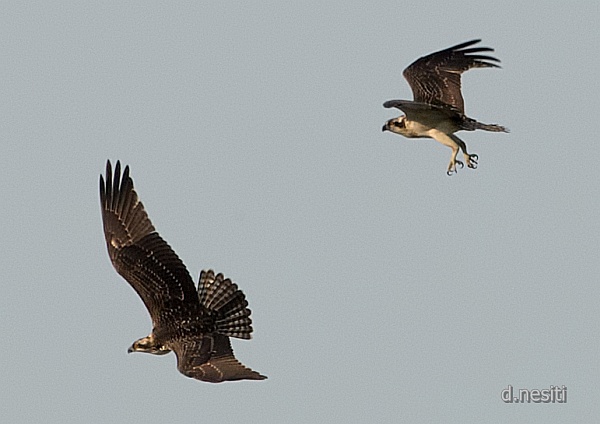
…and flew by their nest-bound sibling.
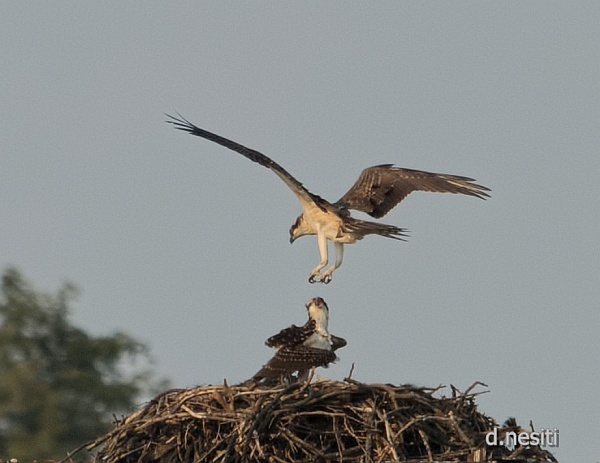
On Friday, Dana returned to the site and was lucky to see the last of the three juveniles make his first flight. Here he goes!
1…
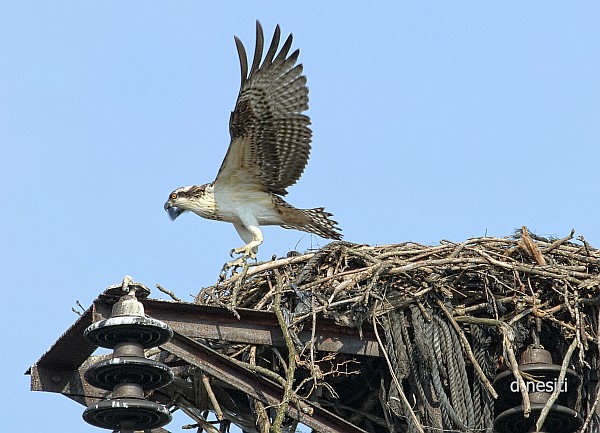
2…
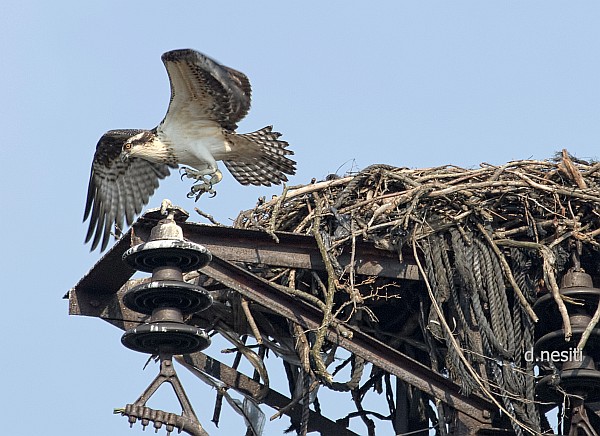
3…
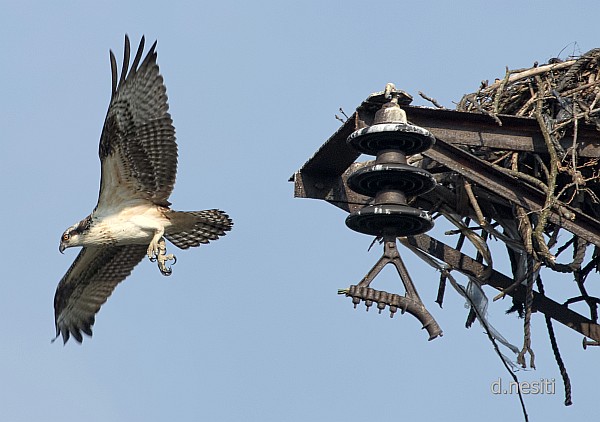
Yay!
The two Neville Island ospreys fledged, too. It’s been a successful year for “industrial” ospreys.
(photos by Dana Nesiti)
p.s. The Neville Island nest site is very close to the Emsworth Lock and Dam. I see a pattern here.
